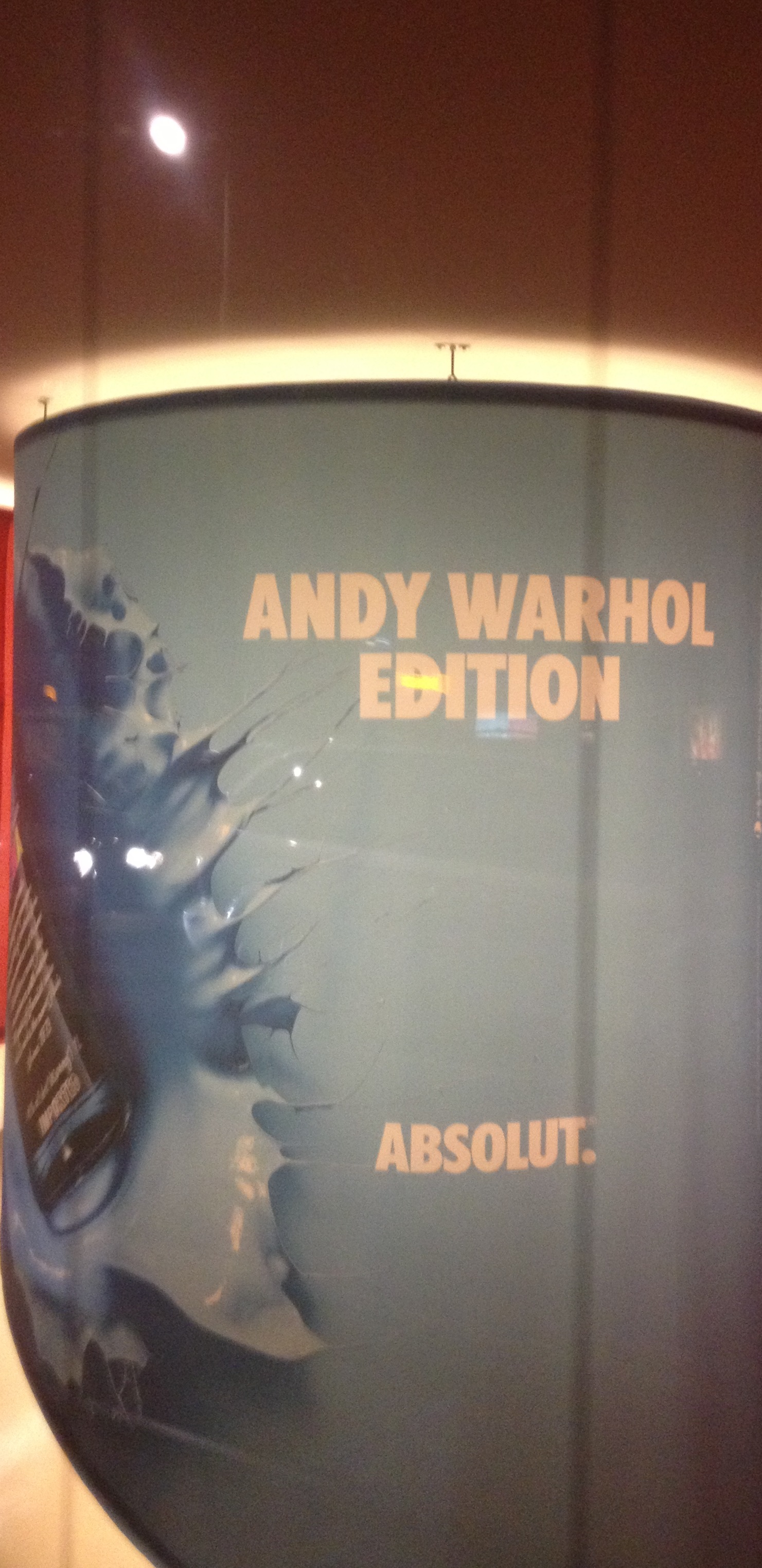[I’ve been invited to give a paper in conjunction with the São Paulo Biennial, and to participate in a round-table discussion around two of my books, Museum, Inc. and Jump Jim Corot. (There are plans for a Brazilian edition of Museum, Inc.) The Carioca comrades want to discuss Globalization and Capitalism in the Art World. Over the next few weeks I’ll be rehearsing my arguments in these pages…]
1)
You’d think we’d moved beyond this: it seems there’s Political Art at this year’s São Paulo Biennial! Not only does it present art by artists who aren’t famous (which I suppose is a political statement in itself): some of it is by folks who are neither white, nor male, nor hetero, nor rich, nor famous, nor in with the in crowd; some of them even qualify as None of the Above. Worse, even (and surely that’s political): a fair amount of it is “about” oppression and racism and ecological devastation; and to top it all off, an appreciable amount of the Oscar Niemayer pavilion in which it’s held is given over to learning spaces and “platforms”: as one global observer complained, not only are there spaces but there’s no docents or leaders to direct the discussions, and surely that’s political in the worst sense: Anarchism, if you ask me.
The big deal is, that this is such a big deal: as if any of these elements (and all of them at once in more or less powerful doses) were an intolerable affront to everything that constitutes Art under the new dispensation of Global Capital: the critic for Artforum claims that the Biennial itself is mostly political posturing, but then goes on to complain that all this political posturing has put a damper on those exciting big-time, big money events it was supposed to attract to São Paulo: the posturing that counts. If the Biennial is putting a damper on all those big-money, big star events it must be pretty effective, nu?
It’s not all due to the art itself, I suspect: for one thing, the São Paulo Biennial has been promoting itself as a political alternative, on and off, for decades without appreciably dampening anything at all; that bright new chill among the chi-chi may be traceable to a combination of Brazil’s worsening economic situation and the upcoming re-election of a certain Dilma Downer, a president whose popularity rests on her attempts to redistribute the wealth among Brazilians. Since the Biennial is heavily funded by private donations there' every likelyhood that the patrons's disgust is driven by a certain ressentiment: This is no time to be reminded how bad the poor have it. Either way, the dampening of enthusiasm is symptomatic of a deepening intolerance for anything that threatens to stand in the way of global capital; it’s a promising sign.
The New York Times has pioneered intolerance since its founding; in fact the Times hasn’t covered the São Paulo Biennial since 2002 when, as their review explained, the festival took a “Tilt Toward the Third World.” (What’s a Third World, Mommy?) Today's art coverage in the mainstream press has regressed to nineteenth century Paris—to 1885 it was I think, when a French critic casually dismissed Emmanuel Frémiet’s sculpture of a man crushed by a bear: What was the point of that, the critic asked; did the artist expect the bears of France to launch a subscription to buy the thing? And what, says the Times today, is the point of covering art for one of the largest art fairs in this hemisphere and the world’s second oldest Biennial, if the curators insist on showing artworks to, by, or for poor people? After all the poor and the oppressed don’t buy paintings; they don’t even sell paintings, that’s why they’re poor. They don’t buy coverage in the New York Times. Hell, they can’t even afford the museum admission, that’s why they stay poor since as everybody knows by now the whole point of museum-going is to “experience” Art, and the whole point of the museum experience, like the point of the college experience, is the accumulation of cultural capital by osmosis. The Whitney Museum now has a Director of Visitor Experience, just to make sure you get it right—the experience, that is, not the art.
Capitalism is not a thing but a relationship among people in which objects (including works of art) take on the attributes of people; a painting or sculpture is given the power to “relate” to the visitor as if it were sentient, and this is what Marx meant when he said commodities were endowed under Capitalism with the properties of a “fetish:” they're like those idols that are believed to act on their own. The task of the Museum, then, is not to empower the visitor or offer information but to smooth out the uninhibited reception of the art experience—and the art experience is the experience of the value of money as the only objective measure of value. What kind of experience could possibly be provided by art that makes you feel bad about money? What kind of value? Art should be inspiring, not depressing: Art should inspire you to buy more shit. Or to pay for your museum admission.

2)
There’s an old story about a newly-elected mayor of New York City at his first press conference, being asked what he intends to do. “I don’t know, they haven’t told me.” That’s pretty much what art criticism has become, and has been for a while, now, except of late it’s taken its ultimate turn. Used to be, the point of criticism was to get the artist’s name out, to legitimize him, to define who was inside the field of Art. (The late philosopher-critic Arthur Danto was particularly adept at turning this commonplace enterprise into some kind of Metaphysics.) And sure, the field was legitimized by money, but at least it claimed to be an arm's length relationtionship: if there was money involved it wasn't the money itself that determined value but the value that determined money, in the narrative at least. In the words of Karl Polanyi, Culture was “folded into” the Market; it had not yet become identical with the Market. Over the past few years another kind of art reviewing has evolved that cuts to the Chase. For instance, the staffer at the New York Times who once reported on major auctions has now “ascended” to art critic without changing her topic: the value of the art (in cash) is now the equivalent of its value as art: there’s no need to describe the latter when the former is self-explanatory. Art History, likewise, has pretty much collapsed into a History of Wealth: the History of Art, the History of museums, are mere histories of rich bastards. It seems we are nearing a degree zero of art-critical language, where to name a subject (“Communist;” “Bourgeois;” “Bought by Ronald Lauder”) is to define its purportedly objective value (“Traitor;” “Traitor;” “Worth a lot of money.”)
It would be nice to believe that the failure of the São Paulo Biennale to be absorbed into this system represents some kind of triumph on the artists’ and organizers' part. Nicer yet, that it suggests a failure of the system itself: the critic from Artforum sneers that, surely, the self-styled revolutionaries will sooner or later cash in. That may well be; but in the meantime, the inability of the System to integrate any symbolic form of valuation suggests its own potential collapse out of sheer inadequacy, the long, drawn-out Legitimation Crisis of which Habermas wrote. I should be satisfied.
10/25/2014; last revised 11/9/2014.
Fred Lonidier:
I concur with your take on the art world but find it a bit narrow and a-historical. Since the 19th century, there has been opposition to capitalism in the arts and humanities. To jump over a lot of history, there was a great interruption during the Cold War but, in the long 1970s, a lot of work was done in the field alongside the rise of the New Left. There was tremendous interest in work, particularly film and literature, coming out of the anti-colonial struggles in the Third World. By a "a lot of work:" it was, and is, on the margins of the art world which is pretty much owned ("a relationship") by capital as you point out. But, the margin has provided an on-again and off-again space for oppositional practices in exhibition, publication, teaching and, even, institutional collecting to this day.
By the late 1970s, a number of academic art historians and artists formed the Caucus for Marxism and Art in CAA [College Art Association] which lasted until the mid 1980s. [...] During all those decades up to now, a bunch of us have been challenging the field and its place within capitalism, outside (dark matter), and bridging in and out of the art world. The fact that our work is going to be at best tolerated and often sneered at by the gate keepers is, I think, to be expected as is the ever greater role of the market in the field. That is the trend all over the place, including the privatization of public education. Economics is at the base of this but politics is the arena of social power; the left is very marginal there; most everywhere.
It is clear that your message is a negation of the growing commercial character of the arts and its consequences for us all but I think we need to also affirm the host of practices (like yours) and spaces where there is opposition by way of the struggles for social values. The biggest problem I see is the fragmentation of all these efforts in the arts. It is also the case that the "left" in the field is hardly unified in its politics but, hey, democracy is messy, no?
Anyway, I hope you take my brief comments in the spirit of solidarity.
PW:
You know, Fred, the nice thing about this round-table in Sao Paulo is, the comrades have asked for extra copies of my book so they can think about it and discuss it before critiquing it, let alone throwing out patronizing dismissals.
Solidarity is as Solidarity does. The Revolution is not a pissing match.
FL:
Well, I did not at all address your book though it is now on my reading list. My comments concerned the piece on your web site which the RAC [Radical Art Caucus] forwarded. And, I don't think I dismissed anything you wrote but tried to engage with you and others about some points you made; most of which I agreed and agree with as well as share with a lot of culture worker comrades. Your web site invited comments and I have personally found accolades rather useless. There have been a ton of left cultural commentaries, blogs, manifestos, etc. circulating over the years and I rarely engage with any as their modes of thinking and arguing are so remote from any way I can enter. Yours looked like I could.
PW & FL:
Point taken. Shake hands. Move on. [...]
—PW
subscribe:
Like an RSS feed or Twitter, only easier: you drop me a note and every week or so I send you a short message with a link to my latest posting; other stuff, maybe every other month.
donate:
Because paying no dues to Caesar is the one luxury that's not encouraged in a consumer society. Easy: you paypal me a buck or two.
comments:
And you don't have to sign up to post them; they are moderated, though.
